Did you know that the tiny, often overlooked espresso gasket is the unsung hero of your espresso machine? Imagine this: you’re groggily making your morning espresso, still half asleep, and suddenly, your machine sputters, leaks, or just refuses to cooperate. The culprit? A worn-out gasket. This small, humble component holds the key to the perfect brew, ensuring a seamless seal and optimal pressure every single time.
Welcome to the ultimate guide to espresso gaskets, where we’ll dive deep into the world of these essential yet underrated parts of your espresso machine. Whether you’re a barista extraordinaire, an espresso aficionado, or a casual coffee drinker, understanding gaskets will elevate your coffee game. Our mission? To demystify espresso gaskets and arm you with the knowledge to maintain and replace them like a pro.
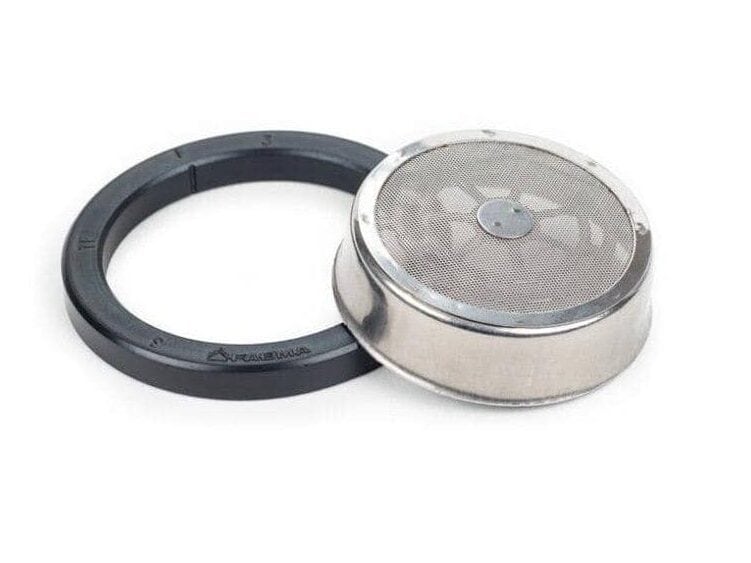
What is an Espresso Gasket?
An espresso gasket is a small, often rubber or silicone ring that fits snugly within an espresso machine. Its primary function is to create a tight seal between the portafilter and the brew head. This ensures that water flows through the coffee grounds under optimal pressure, rather than leaking out the sides. In essence, the gasket is a crucial component that helps maintain the integrity of the brewing process.
Importance of the Gasket in Espresso Machines
The gasket’s role might seem minor, but it is essential for the following reasons:
- Seal and Pressure Maintenance: By providing a secure seal, the gasket ensures that the water is forced through the coffee grounds at the correct pressure, which is vital for extracting the rich flavors and aromas of the coffee.
- Preventing Leaks: A worn or damaged gasket can cause leaks, leading to inconsistent extraction, messes, and potential damage to your machine.
- Machine Longevity: Regular maintenance and replacement of the gasket can prolong the lifespan of your espresso machine by preventing wear and tear on other components.
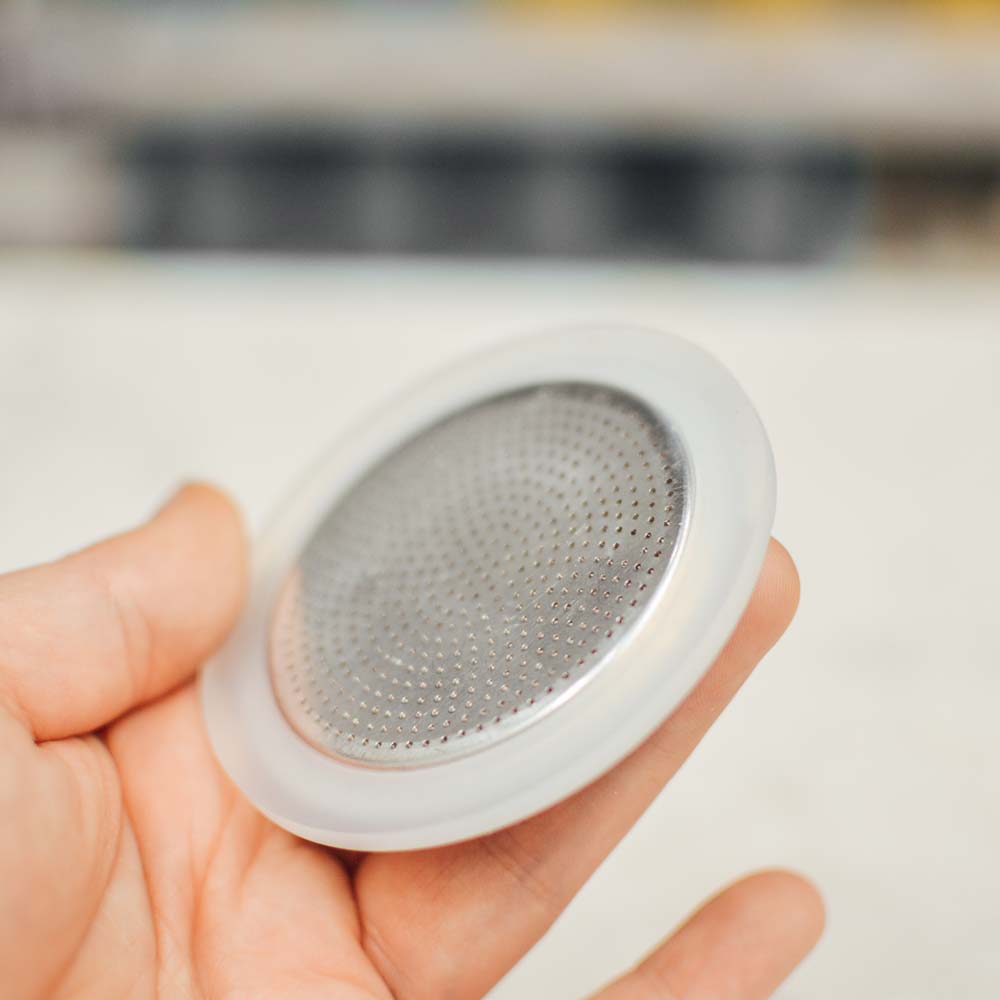
How It Affects Espresso Quality
The quality of your espresso is directly linked to the condition of the gasket. Here’s how:
- Consistent Pressure: A well-functioning gasket maintains the necessary pressure to extract coffee properly. If the pressure is too low due to a faulty gasket, your espresso may turn out weak and under-extracted.
- Even Extraction: Proper sealing ensures that water flows evenly through the coffee grounds, resulting in a balanced extraction. An uneven extraction can lead to a bitter or sour taste.
- Temperature Stability: A good seal helps maintain the right temperature during extraction, which is crucial for unlocking the full flavor profile of the coffee beans.
Types of Espresso Gaskets
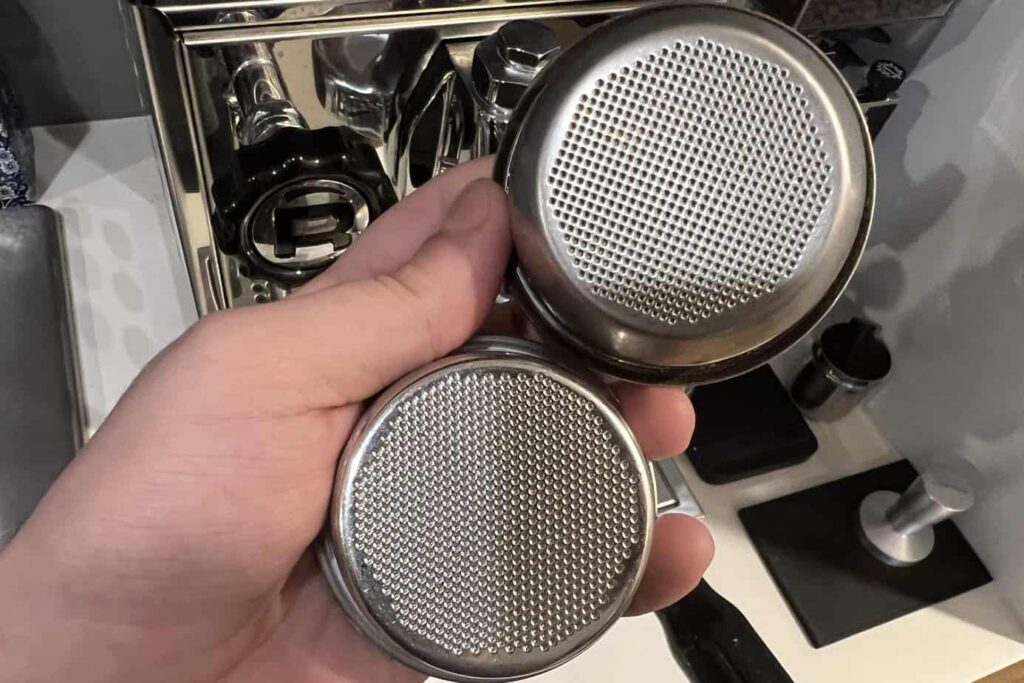
Rubber Gaskets
Rubber gaskets are the traditional choice for many espresso machines. They are typically made from food-grade rubber and are known for their flexibility and durability.
Pros
- Cost-Effective: Rubber gaskets are generally less expensive than their silicone counterparts.
- Availability: They are widely available and compatible with most espresso machines.
- Flexibility: Rubber gaskets can provide a good seal even if there are minor imperfections in the portafilter or brew head.
Cons
- Heat Sensitivity: Rubber gaskets can degrade more quickly when exposed to high temperatures over time.
- Hardening: They tend to harden with age, which can lead to leaks and the need for more frequent replacements.
- Maintenance: Rubber gaskets may require more frequent cleaning to prevent the buildup of coffee oils and residues.
Silicone Gaskets
Silicone gaskets are a modern alternative to rubber gaskets, made from food-grade silicone. They are known for their excellent heat resistance and flexibility.
Pros
- Heat Resistance: Silicone gaskets can withstand higher temperatures without degrading, making them more durable over time.
- Longevity: They tend to last longer than rubber gaskets, reducing the frequency of replacements.
- Easy Maintenance: Silicone gaskets are less prone to hardening and are easier to clean, preventing buildup and maintaining a good seal.
Cons
- Cost: Silicone gaskets are generally more expensive than rubber gaskets.
- Compatibility: Not all espresso machines may be compatible with silicone gaskets, so it’s essential to check your machine’s specifications.
- Initial Fit: Silicone gaskets might need a bit of time to “break in” and provide the perfect seal.
Comparison Between Rubber and Silicone Gaskets
| Feature | Rubber Gaskets | Silicone Gaskets |
|---|---|---|
| Cost | Generally cheaper | More expensive |
| Heat Resistance | Prone to degradation at high temps | Excellent heat resistance |
| Durability | Tends to harden and require frequent replacements | Longer lifespan, less frequent replacements |
| Maintenance | Requires frequent cleaning | Easier to clean, resists buildup |
| Compatibility | Widely compatible | May not fit all machines |
| Flexibility | Good initial flexibility | May need a break-in period |
While rubber gaskets are cost-effective and flexible, they require more frequent maintenance and replacements due to their sensitivity to heat and tendency to harden over time. Silicone gaskets, although more expensive, offer better heat resistance, durability, and easier maintenance, making them a worthwhile investment for those looking for long-term reliability. The choice between the two will depend on your specific needs, budget, and the compatibility with your espresso machine.
Signs It’s Time to Replace Your Gasket
Common Symptoms of a Worn-Out Gasket
- Leaks Around the Portafilter:
- If you notice water leaking from the sides of the portafilter during extraction, it’s a clear sign that the gasket is no longer providing a proper seal.
- Difficulty in Locking the Portafilter:
- When the portafilter becomes hard to lock into place or feels unusually loose, it indicates that the gasket might be worn out or hardened.
- Inconsistent Pressure:
- If your espresso shots are inconsistent, with varying pressure readings, a degraded gasket might be the culprit, causing uneven pressure distribution.
- Visible Cracks or Deformations:
- Inspect the gasket regularly. If you see cracks, tears, or noticeable deformations, it’s time for a replacement.
- Espresso Spraying or Sputtering:
- A worn-out gasket can cause the espresso to spray or sputter during extraction, leading to a messy countertop and poor-quality espresso.
How Often Should Gaskets Be Replaced?
The frequency of gasket replacement can vary based on several factors, including the type of gasket, the usage of the espresso machine, and maintenance habits. Here are some general guidelines:
- Rubber Gaskets: Typically, rubber gaskets should be replaced every 6 to 12 months, depending on usage and maintenance.
- Silicone Gaskets: These can last longer, often up to 18 to 24 months, due to their better heat resistance and durability.
Regular inspection and maintenance are key to determining the right replacement interval for your specific machine and usage patterns.
Impact of a Worn-Out Gasket on Espresso Quality
- Inconsistent Extraction:
- A worn-out gasket can lead to uneven pressure, resulting in inconsistent extraction. This can cause some parts of the coffee puck to be over-extracted while others are under-extracted, leading to an unbalanced flavor profile.
- Weak or Watery Espresso:
- If the gasket is not sealing properly, the pressure required to extract the coffee correctly won’t be maintained. This can result in weak, watery espresso with a lack of body and richness.
- Bitter or Sour Taste:
- Inconsistent pressure and extraction can also cause your espresso to taste bitter or sour, as the optimal extraction time and pressure are not achieved.
- Messy Brewing Process:
- A faulty gasket can cause leaks and sprays, making the brewing process messy and less enjoyable. This not only wastes coffee but also requires extra cleanup time.
In summary, keeping an eye on the condition of your espresso gasket and replacing it when necessary is crucial for maintaining the quality of your espresso. Regular maintenance and timely replacement ensure that your machine operates smoothly, delivering consistently delicious shots every time.
How to Replace an Espresso Gasket
Before diving into the replacement process, ensure your safety by following these precautions:
- Turn Off and Unplug the Machine: Always make sure your espresso machine is turned off and unplugged from the electrical outlet to avoid any risk of electric shock.
- Allow the Machine to Cool Down: Give the machine ample time to cool down completely to prevent burns from hot components.
Step-by-Step Guide
- Turning Off and Unplugging the Machine:
- Make sure the machine is off and disconnected from the power source.
- Removing the Portafilter:
- Detach the portafilter from the machine by turning it to the left (counterclockwise).
- Locating the Gasket:
- The gasket is located inside the group head, where the portafilter locks in place.
- Removing the Old Gasket:
- Use a flathead screwdriver or a gasket removal tool to carefully pry out the old gasket. Be gentle to avoid damaging the surrounding components.
- Cleaning the Group Head:
- Once the old gasket is removed, clean the group head thoroughly. Use a brush and a damp cloth to remove any coffee residue or debris. Ensure the groove where the gasket sits is spotless.
- Installing the New Gasket:
- Place the new gasket into the groove in the group head. Make sure it is seated evenly and securely. You might need to press it gently into place to ensure a proper fit.
- Reassembling the Machine:
- Reattach the portafilter to the machine by turning it to the right (clockwise). Ensure it locks into place smoothly and securely.
Troubleshooting Common Issues During Replacement
- Gasket Doesn’t Fit Properly: Double-check that you have the correct gasket size for your machine. If the gasket is too tight or too loose, it might not be the right one.
- Leaks After Replacement: Ensure the gasket is seated evenly and there are no gaps. If leaks persist, inspect for any damage to the group head or portafilter.
- Difficulty in Locking the Portafilter: This might indicate that the gasket is not installed correctly. Remove and reinstall it, making sure it fits snugly and evenly.
Tips for Maintaining Your Gasket
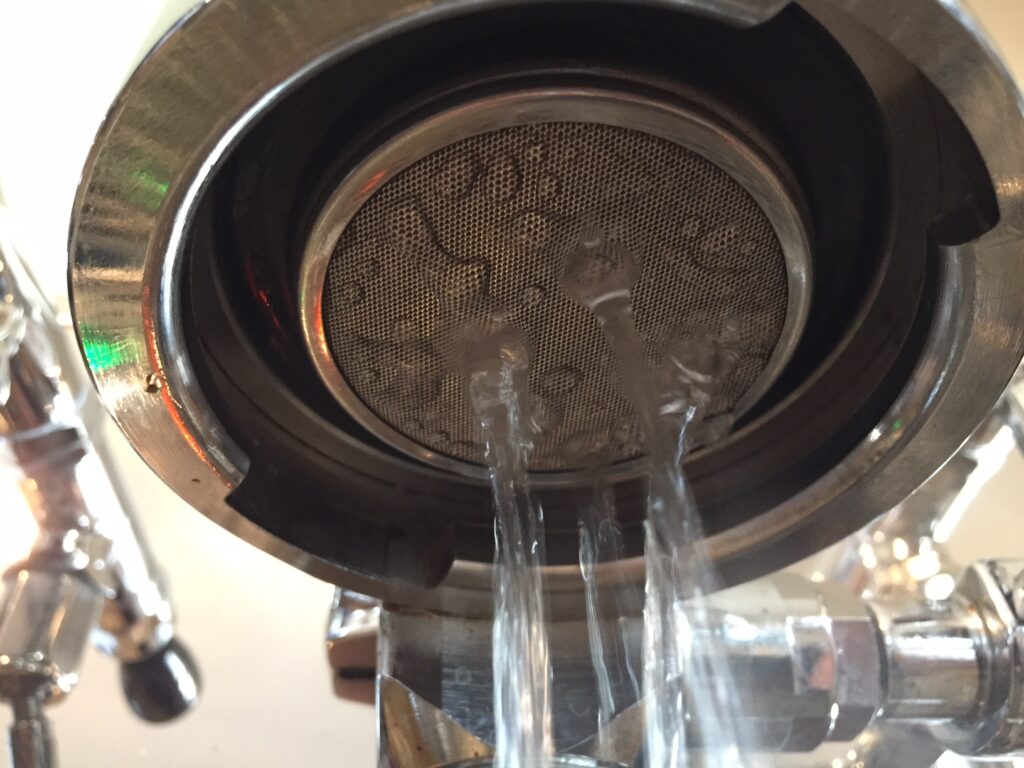
Regular Cleaning Routine
- Daily: Clean the group head and portafilter after each use to prevent coffee residue buildup.
- Weekly: Perform a more thorough cleaning with a group head brush and espresso machine cleaner.
Importance of Using Quality Water
- Filtered Water: Using filtered water can reduce mineral buildup and prolong the life of your gasket and other machine components.
Regular Inspection for Wear and Tear
- Monthly Checks: Inspect the gasket for signs of wear, hardening, or cracking. Early detection can prevent more significant issues.
Additional Maintenance Tips for Longevity
- Lubrication: Occasionally apply a food-safe lubricant to the group head to keep the gasket flexible and ensure smooth operation.
- Avoid Over-Tightening: When attaching the portafilter, avoid excessive force. Over-tightening can damage the gasket and other components.
- Temperature Control: Avoid exposing the gasket to extreme temperatures when cleaning or operating the machine, as this can accelerate wear.
Fun Facts and Trivia
Interesting Facts About Espresso Gaskets
- Tiny but Mighty: The espresso gasket, despite being a small component, plays a crucial role in ensuring the perfect brew. Without it, achieving the right pressure for extraction would be impossible.
- Material Matters: While rubber gaskets have been the standard for years, silicone gaskets are gaining popularity due to their superior heat resistance and longevity.
- Universal Fit: Not all gaskets are created equal! They come in various sizes and materials, and finding the perfect fit for your machine is essential for optimal performance.
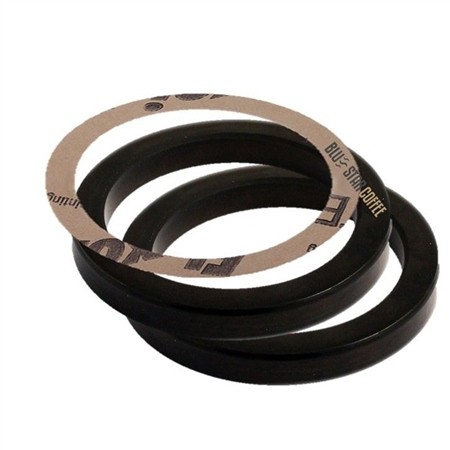
Historical Tidbits or Lesser-Known Information
- Ancient Beginnings: The concept of using gaskets to create a seal dates back to ancient civilizations, where primitive versions were used in basic machinery and tools.
- Espresso Evolution: The modern espresso machine, invented in the early 20th century, saw significant improvements over the years, including the development of better gaskets to handle higher pressures and temperatures.
- Gasket Revolution: The introduction of food-grade silicone gaskets in the late 20th century marked a significant advancement in the espresso world, offering a more durable and heat-resistant alternative to traditional rubber gaskets.
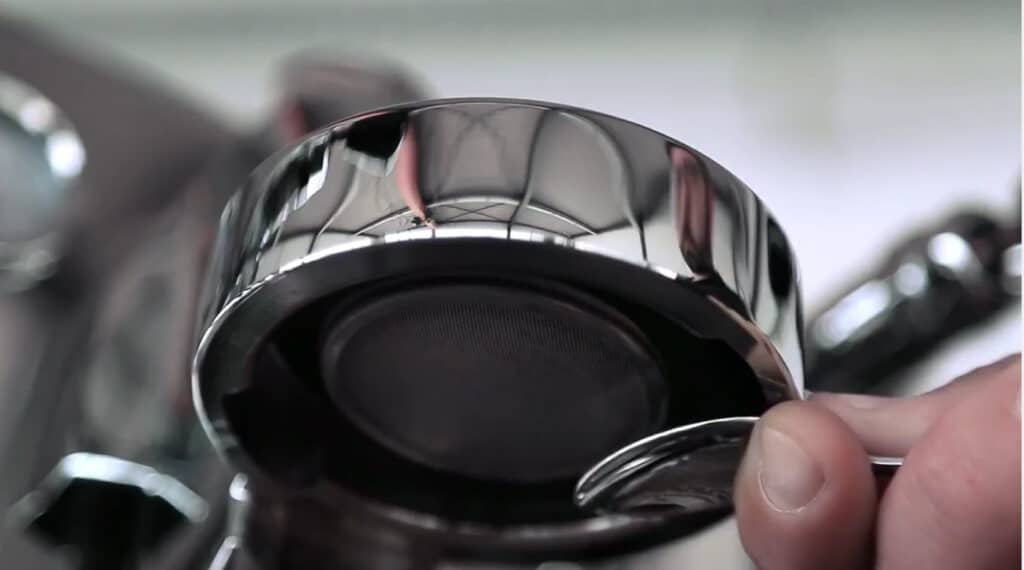
Fun Anecdotes Related to Espresso Gaskets
- The Gasket Glitch: There’s a famous story about a café in Italy where the barista struggled with inconsistent espresso shots for weeks. It turned out that the culprit was a tiny tear in the gasket. Once replaced, the café’s espresso returned to its former glory, much to the delight of its patrons.
- DIY Fixers: Some dedicated espresso enthusiasts have been known to create their own custom gaskets using silicone molds. While not always recommended, it shows the lengths people will go to for the perfect cup.
- Gasket Gathering: In some espresso machine enthusiasts’ forums, there are lively debates and discussions solely focused on the best types of gaskets, proving just how critical this small component is to the espresso-making process.

Conclusion
Maintaining and replacing your espresso gaskets is crucial for ensuring your machine runs smoothly and your coffee is consistently top-notch. By understanding the importance of this small yet vital component, you can prevent common issues and enjoy a perfect shot of espresso every time.
We’d love to hear your experiences and tips about maintaining and replacing espresso gaskets. Share your stories in the comments below!
For more in-depth articles and tips, visit Espresso and Machines. Your journey to the perfect espresso starts here!





